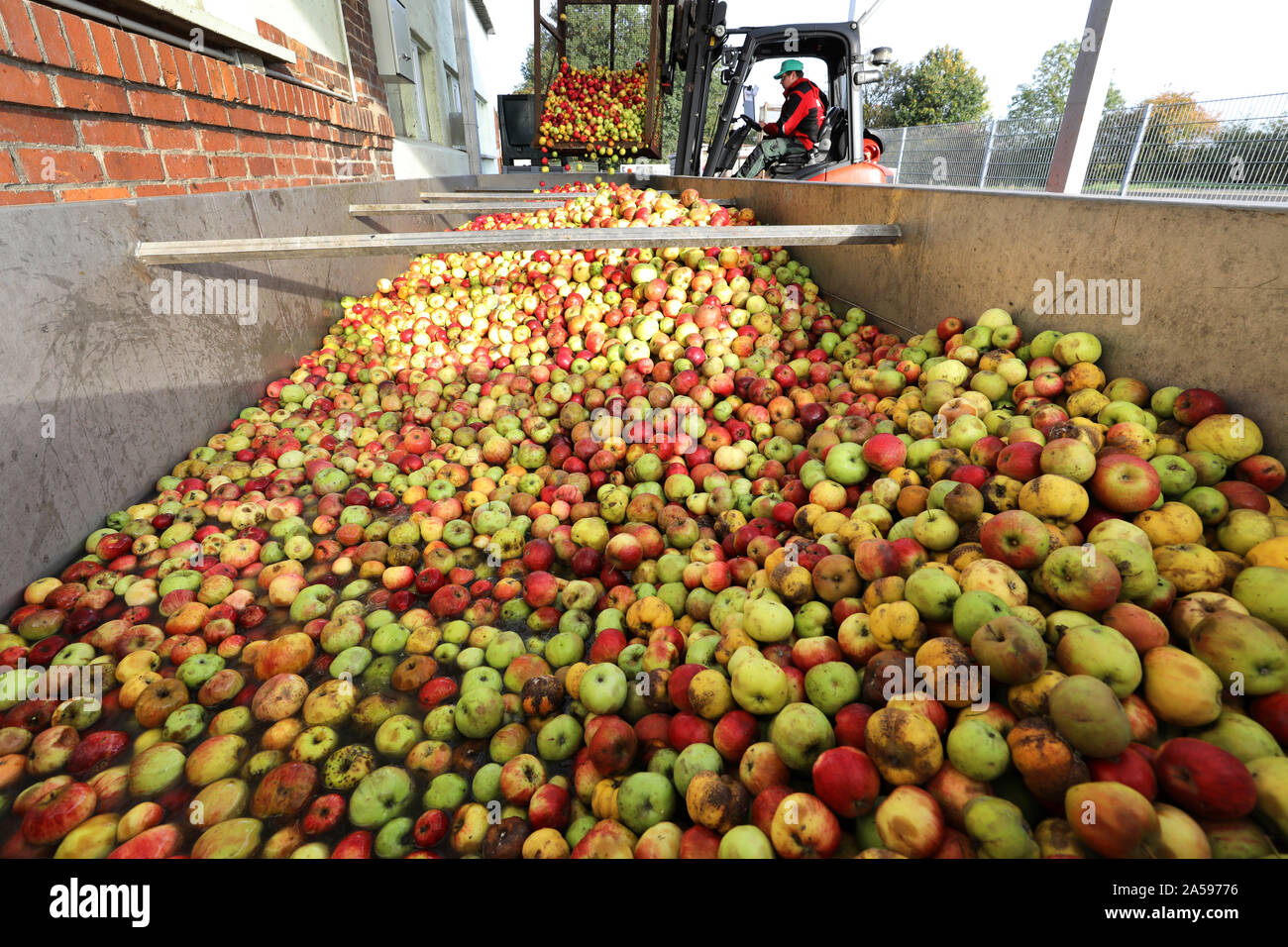

Some authors suggest that conservative nonsurgical therapy may be given to those with perforation diagnosed within 24 h and had had clean bowel preparation. (A) Pouchoscopy (B) dilated loops of small bowel and pouch (C) nasogastric tube per rectum/pouch for suction. Regardless of the type of feeding used, blood glucose monitoring is required to guide adjustments in diabetes medication and maintenance of glycemic control.įigure 29.8.
#Clear fruit juices full#
Progression from clear liquid to full liquid to solid foods should be completed as rapidly as tolerated.

Take spot views of the sigmoid in different obliquities (take spots of any air-filled loop). Start slow inflation with air and rotate patient toward you into a supine position. Place patient in horizontal prone position. Stand patient up, bag to the floor, and let barium drain. Instill barium beyond the splenic flexure. Turn patient prone: this helps barium flow to the descending colon, decreases pooling in the rectum and sigmoid, and thereby is less uncomfortable. Progression to solid foods should be accomplished with modifications or supplementation, as needed. Patients with lactose intolerance need special substitutions. It may be adequate in all nutrients (except fiber), especially if a high-protein supplement is added. Typically, the diet provides more than 2000 cal and 70 g protein.

It also may be used in patients with chewing problems, gastric stasis, or partial ileus. The full liquid diet is used often in progressing from clear liquids to solid foods. If clear liquids are needed for longer than 3 days, a dietitian can assist with supplementation. Clear liquids are hyperosmolar diluting the beverages and eating slower may minimize GI symptoms. It provides about 600 cal and 150 g carbohydrate but inadequate protein, vitamins, and minerals.

The clear liquid diet supplies fluid and calories in a form that requires minimal digestion, stimulation, and elimination by the GI tract. McNally DO, FACP, FACG, in GI/Liver Secrets (Fourth Edition), 2010 8 Describe the types of commonly prescribed oral diets


 0 kommentar(er)
0 kommentar(er)
